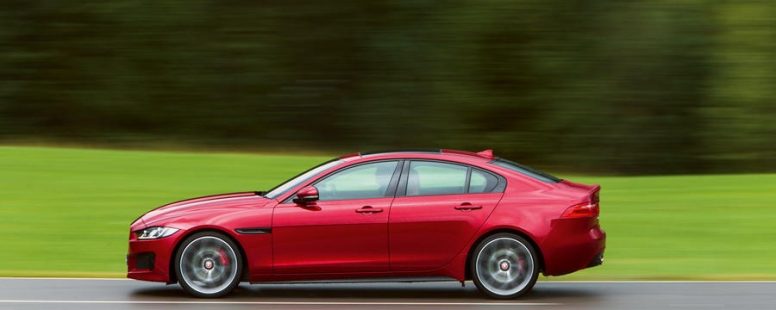Jaguar New XE
When you’re planning to park your tanks on your rivals’ lawns, it pays to be prepared. Fortunately, that’s exactly what Jaguar was when it drove its new XE onto Germany’s hallowed turf.
Rear-wheel drive with four-wheel drive an option; an advanced, lightweight aluminium monocoque; a new modular family of powerful and efficient engines that could be easily adapted to suit changing market conditions; a genuinely sophisticated suspension system; and styling that would engage the young thrusters in its cross hairs – the XE had all this and more.
Today, prices of the first cars start at £7000 for a 100,000-mile 2.0d 163 SE manual, around £1000 less than the equivalent BMW 320d SE. The XE we have in mind has done 106,000 miles and has one company owner in the logbook and full service history.
A shame it’s not the automatic, with its natty ‘twist and rise’ selector. Otherwise, SE’s not bad, having 17in alloys, electrically adjustable front seats, dual-zone climate control, autonomous emergency braking, traffic sign recognition, lane departure warning and an 8.0in touchscreen infotainment system with sat-nav, Bluetooth, DAB radio and smartphone integration.
And to think there are four more trims, too: Prestige and Portfolio for fans of luxury and R-Sport (our favourite) and S for sportier types.
Given the XE’s fleet ambitions, it’s no surprise that diesel models easily outnumber petrol ones on the used market. There are two diesel engines, both 2.0 litres, producing 161bhp and 178bhp. The latter is punchier, more flexible and easier to live with but both are gruff when cold.
At launch, the petrols came in 197bhp and 237bhp 2.0-litre guises and a solitary 3.0-litre V6 with 335bhp, preserved for S trim (rare and thirsty but quick, well equipped and good value, starting at £15,995


